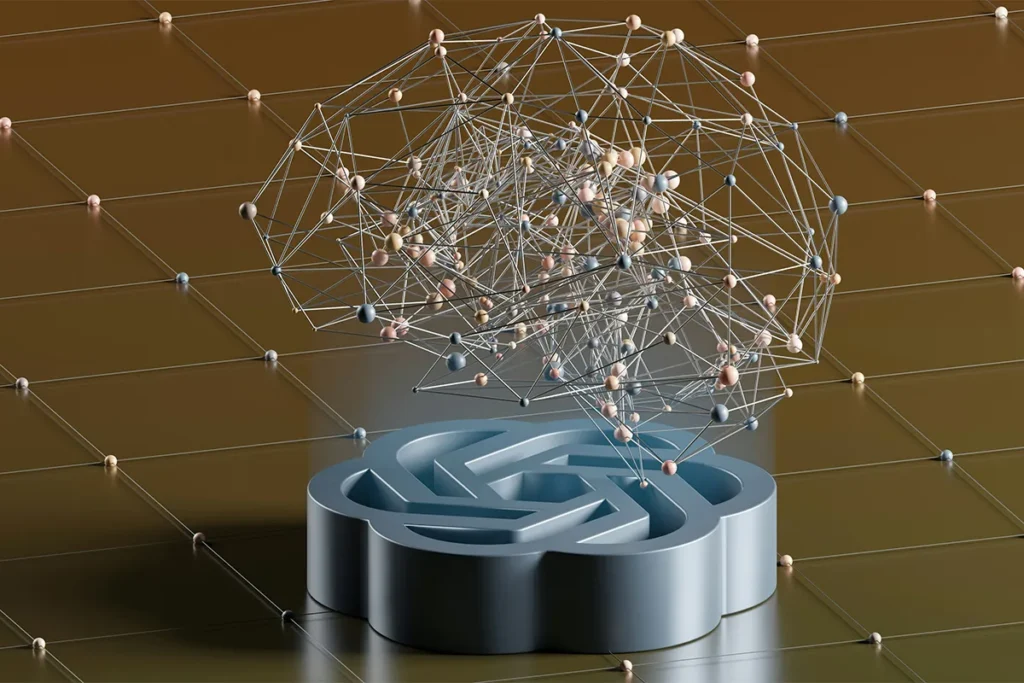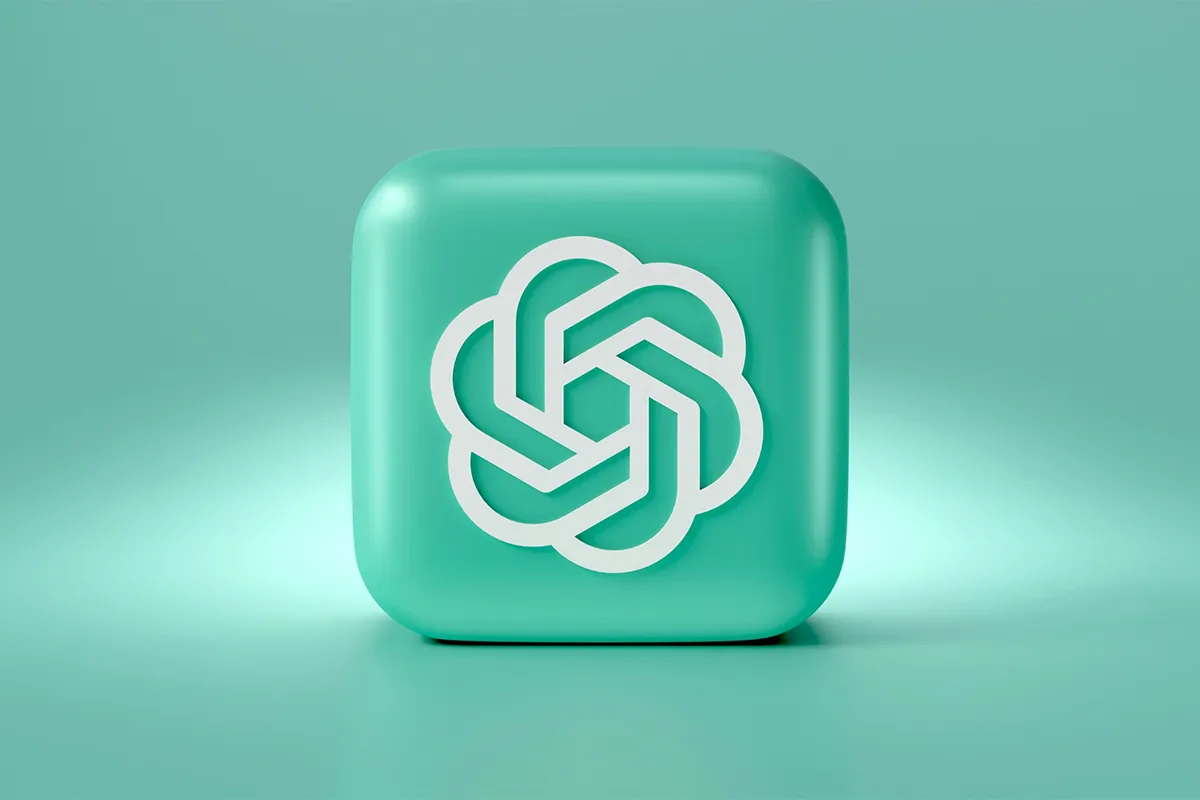The AI and plagiarism scores of research papers often turn you into skepticism. When you use ChatGPT or other similar academic tools to write your projects, this is the guide you should be reading now. Turnitin has remained the best choice for academicians to check their papers. Its score is accurate as far as the plagiarism checking is concerned. Turnitin is now unrolling its AI detector belatedly to ensure accuracy and precision.
With the precedents set, it is expected that their AI checker would also be accurate and precise. The question arises: is it possible that they would successfully be able to detect the AI patterns in your text? Taking a look at their detection level and how they take the text is interesting.
Detection Methods of Turnitin
Detecting AI-generated text need advanced methods. Turnitin uses complicated algorithms to look at writing styles. It pays attention to patterns, phrases, and structures. These tools help it see if a text is original or copied. ChatGPT, on the other hand, makes content with a mix of jargon and coherence. Its output can lack the personal touch of human writing.
When you compare human and AI-generated text, differences show up. Human writing often shows personal voice and experience. AI text, however, can feel more formulaic. Both can show complex ideas, but AI text may be repetitive or lack nuance. It may not understand emotions or cultural references, which can limit its depth.
As we move forward, we must think about these technologies’ effects. Educators need to adapt to the use of AI tools in writing. They should see both the chances and challenges these changes bring. Finding a balance between AI use and honesty will shape the future of education and creativity.
Types of Detection
Direct Plagiarism Detection: Turnitin checks submitted text for direct plagiarism. It matches the text to known sources. This process is very important for students and teachers. It helps them to find copied content.
However, Turnitin has limits. It does not always recognize paraphrased content. Many students change a few words. They want to avoid Turnitin detection. Students believe this makes their work original. AI-generated content is also a challenge. AI content can look original even when it is not. This makes detection harder for the teachers.
Authorship Attribution: It is not easy to find the author of a piece of writing. Techniques for authorship attribution analyze word choice and writing style. These techniques have challenges, too. AI-generated texts can copy human writing styles. This makes it hard to tell who created the text. Educators and institutions must think about how AI affects authorship. They must consider original work in the age of AI.
Recent Developments
Turnitin updates its technology all the time. New features aim to make plagiarism detection better. These updates are necessary because students’ writing changes. Recently, Turnitin added AI detection measures. This is a step forward against cheating. By staying ahead, Turnitin wants to help teachers keep integrity.
AI writing tools like ChatGPT are becoming more advanced. Their ability to create human-like text is increasing. Students can use these tools to write essays or reports. The linguistic patterns of AI are changing, too. This raises questions about originality and creativity. There are available best AI detectors for teachers. As these tools become better, teachers must change their methods. They must find new ways to encourage real writing from students.

Implications of Detection
Academic integrity faces new problems. AI tools like ChatGPT create concerns about academic dishonesty. Students can copy AI-created content easily. They do this without knowing what it means. This gives them a false feeling of success.
Teachers worry that students do not create their own ideas. They fear students depend too much on technology. The results can be very serious for students using AI without giving credit. They may get failing grades or lose their place in school. Schools need to think about tougher rules for AI use in work.
Rules must change with education. Universities and schools need new rules for teachers and students. These rules must explain how to use AI tools correctly. They must also show the limits between help and clear cheating. There is a balance between learning with AI and being original. Schools should encourage creativity and critical thinking. Students must learn to use these tools smartly. They should know when to use technology and when to trust their own skills.
Turnitin has limits in finding AI content. It works well with regular plagiarism. It has trouble with text that AI creates. Turnitin may not catch some uses of AI. This causes false negatives. Students might believe they can use AI without any checks. At the same time, Turnitin may wrongly label the original work as copied. This creates false positives, which hurt honest students. Teachers must see these limits when they check student work.
Students might look for ways to avoid getting caught. Some might fix AI text, thinking it becomes theirs. Others might combine AI writing with their own thoughts. These methods challenge what originality means. Students need to think about the ethics of these methods. They should think about how this affects their learning in the long run. Using AI helps. It must happen within ethical lines.
Conclusion
Turnitin shows mixed results when finding AI-written text. It is good at finding direct plagiarism. It can find exact matches in submitted papers. However, it struggles with AI content that is unique or rewritten. ChatGPT can make original text. This makes detection hard. Students can use this to their benefit. They think they can skip plagiarism checks. This raises questions about how well the tool works.
Detection methods must change as technology changes. Turnitin needs to update its algorithms often. It should find better ways to catch AI-created content. More research is important to understand AI writing patterns.
Educators also need to know about these changes. They must get ready to face new problems in academic honesty. Students can use AI tools for help. But, schools must find ways to encourage honesty.
AI brings fun chances for writing. But, it also raises ethical issues. Schools must stress the importance of originality. Students should not only depend on AI for their work. They must learn to share their own ideas. This will help them in the future as technology grows. It is very important to balance AI use with honesty and clear communication. Only then can education do well in this new time.

